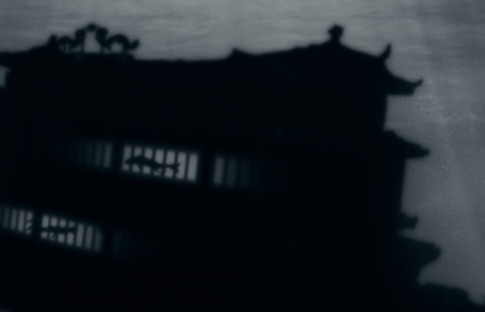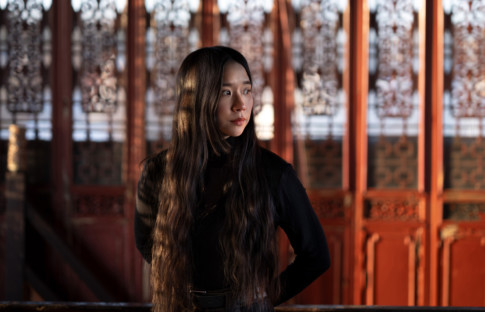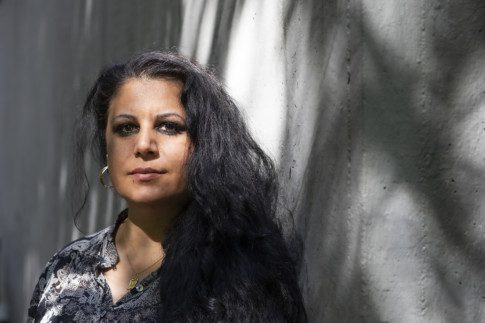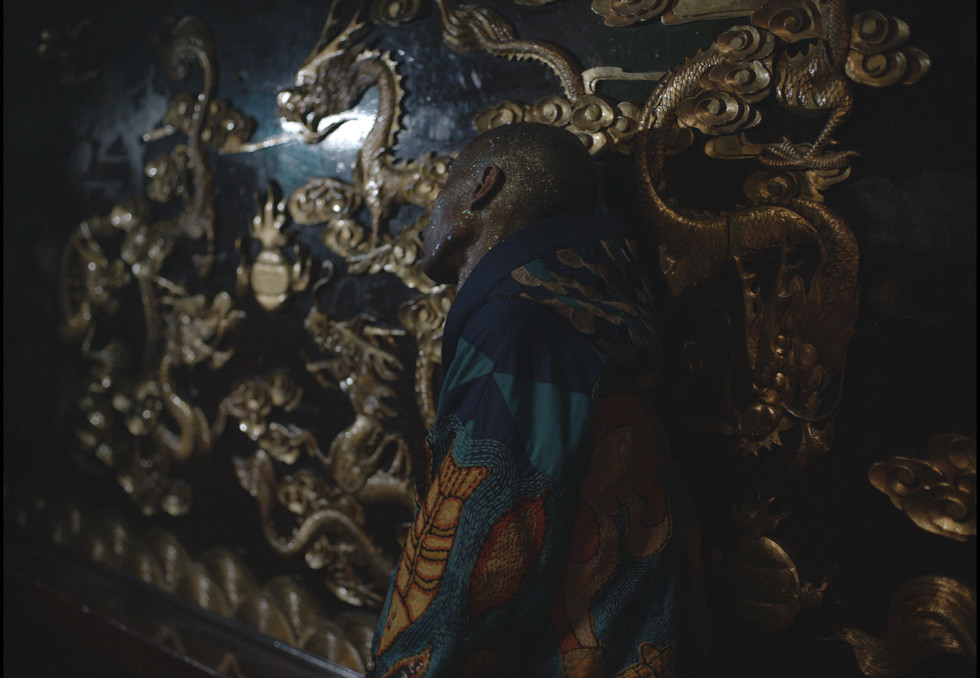
Lap-See Lam, Still from Floating Sea Palace, 2024 © Lap-See Lam. Courtesy the artist; Galerie Nordenhake, Berlin/Stockholm/Mexico City; Moderna Museet, Stockholm; The Vega Foundation; Studio Voltaire, London; The Power Plant Contemporary Art Gallery, Toronto.
Lap-See Lam with Kholod Hawash
Begin Again, Begin Again
10.5 – 17.8 2025
Stockholm
“Floating Sea Palace” (2024) by Lap-See Lam (b. 1990, Stockholm) centres around the myth of Lo Ting, who accidentally summons a Chinese dragon ship and is carried off on a dramatic journey at sea. The ship’s chef guides us through time and space, as his own story intertwines with that of Lo Ting – a tale of heritage, separation and loss, and the search for a home.
Once upon a time, the fish people known as Lo Ting lived in harmony with nature. But they came to be coveted for their flesh, which tasted both strange and familiar. In their insatiable hunger, humans hunted them until only one Lo Ting remained.
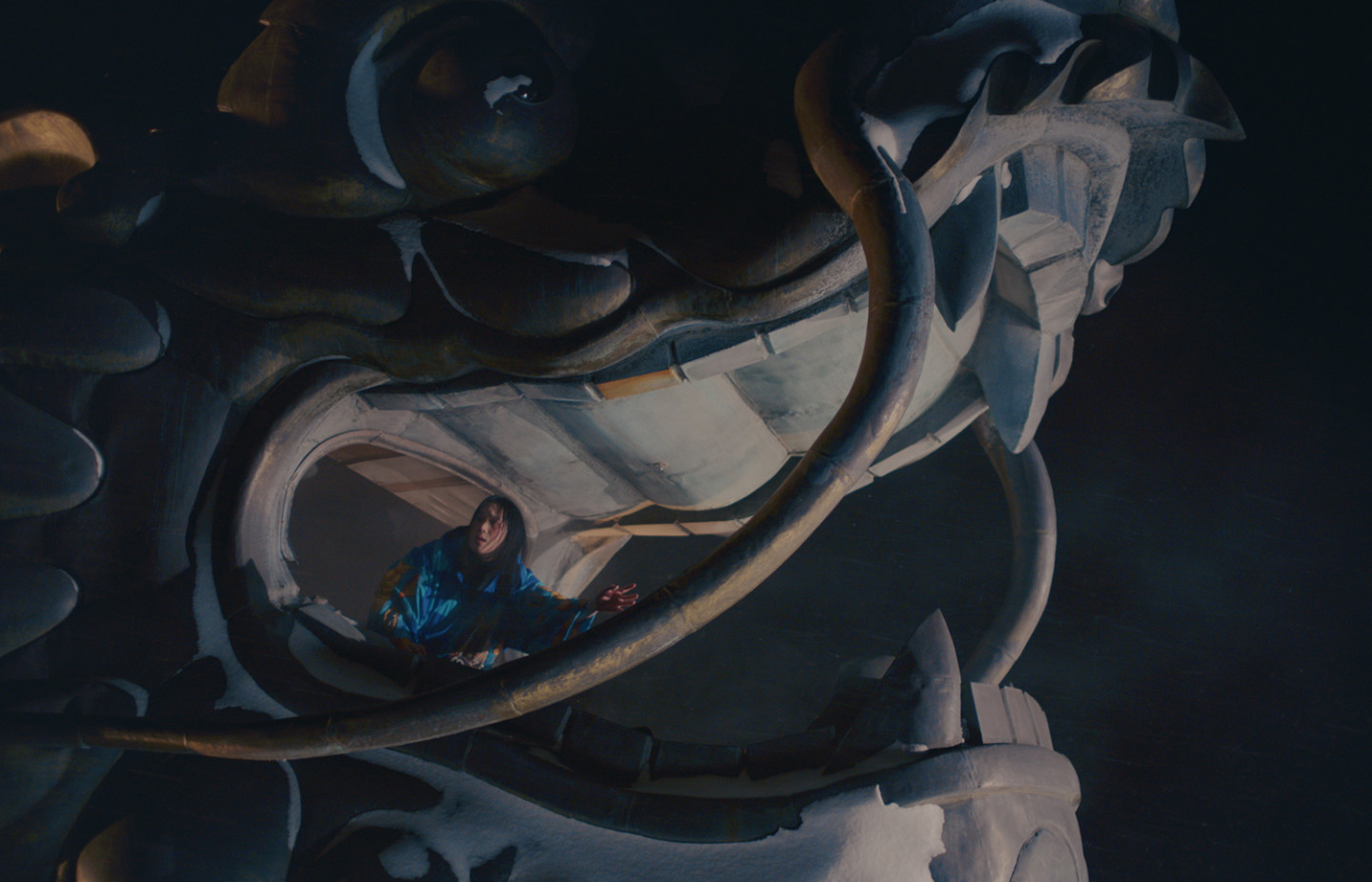
Kholod Hawash’s visual stories in quilting
In “Floating Sea Palace”, Kholod Hawash (born 1977 in Basra, living in Finland) interprets Lap-See Lam’s story through textile works – costumes that are both worn by the film’s characters and presented as a sculptural installation in the space.
Kholod Hawash works in the textile craft technique “jodaleia”, which is the Arabic term for quilting or wadding, and “tatreez”, embroidery. The resulting images depict myths that recur throughout the world, all rooted in a universal yearning to understand human existence.
Kholod Hawash brings together scenes from Iraqi folklore with Mesopotamian and Chinese mythology, combining them with unique motifs inspired by her memories and experiences.
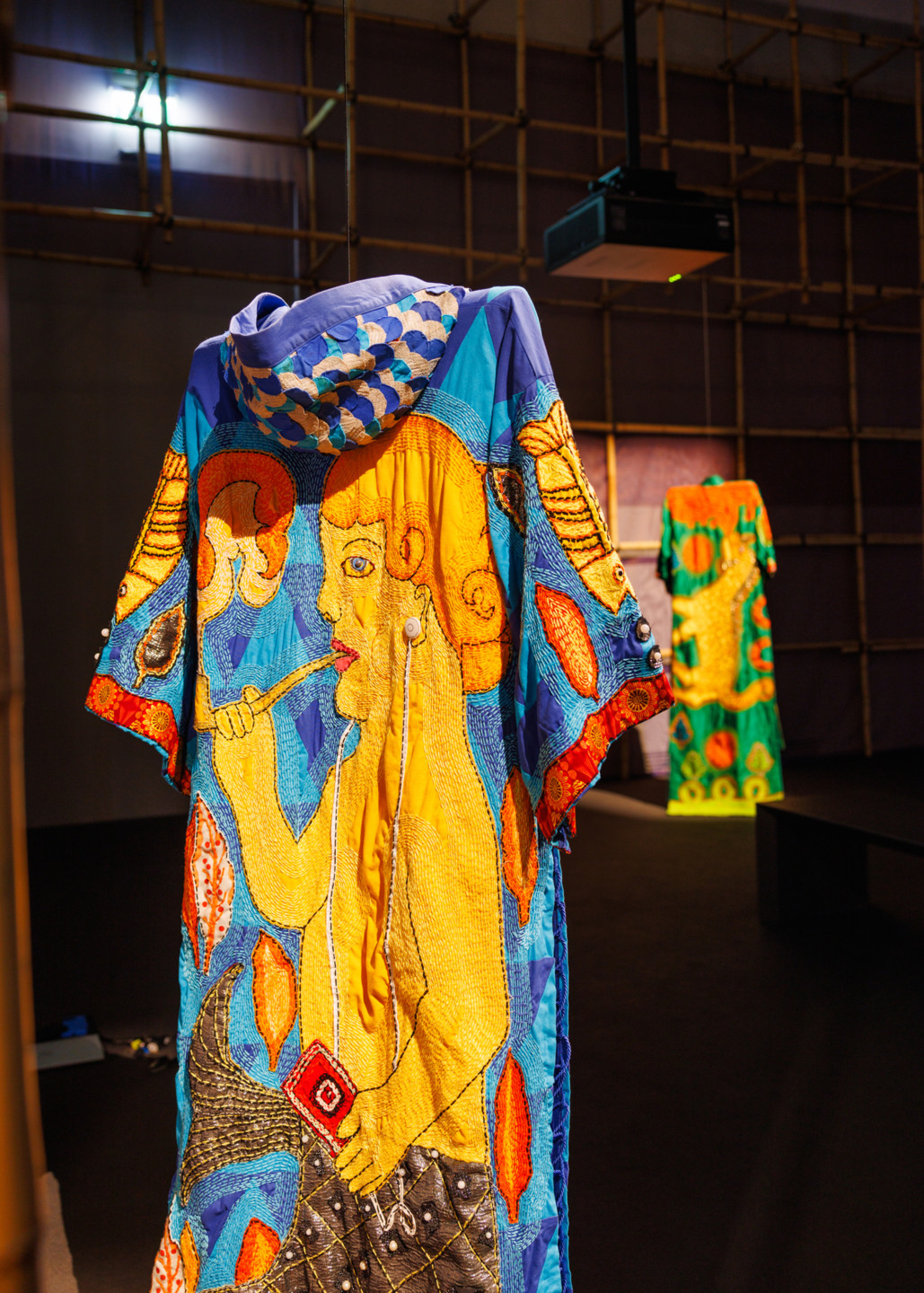
Floating Sea Palace (2024, 30 min)
By Lap-See Lam
“Floating Sea Palace” (2024) is the latest work in Lap-See Lam’s growing suite about shifts in meaning that occur when people, lineages, symbols and objects are moved from one place to another, from one context to another.
The story, like several of her works, takes place in and around a Chinese dragon ship, where past and future merge, legends and actual events are intertwined, and dreams and reality become one.
Cast
Past Lo Ting: Bruno Hibombo
Future Lo Ting: Ivan Cheng
Singing Chef: Ping-Kwan Lam
Dragon: Sofia Jernberg
See all the cast members and credits here: Floating Sea Palace (2024)
A symbol of transformation and exile
The dragon ship in “Floating Sea Palace” is based on the real-life Floating Restaurant Sea Palace, a ship commissioned in 1992 by entrepreneur Johan Wang. It travelled from Shanghai to Gothenburg, and after serving as both a restaurant and later a haunted house at Gröna Lund, the ship now lies moored in the Stockholm archipelago.
The dragon ship has become a symbol of transformation and exile in several of Lap-See Lam’s works, and the motif recurs in “The Altersea Opera” (2024), “Tales of the Altersea” (2023), and ”Dreamers’ Quay” (2022).
Lap-See Lam
Lap-See Lam’s work traverses diverse genres and disciplines, from video installation to live performance, blending contemporary techniques with …
Biography
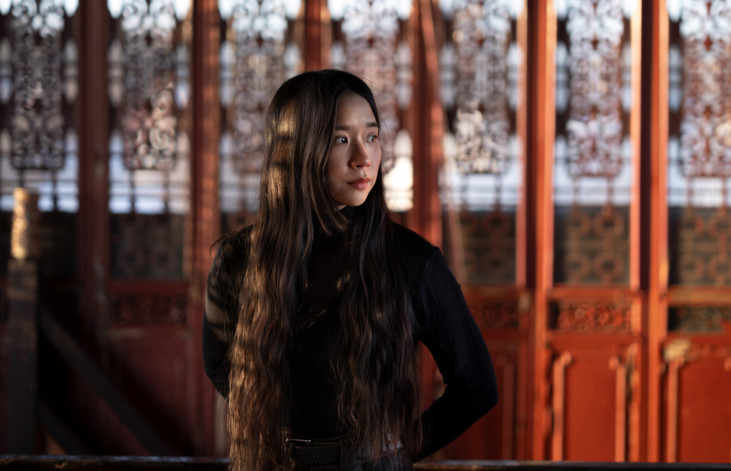
Kholod Hawash
Kholod Hawash gets her inspiration from memories of her mother’s quilting, Iraqi folklore and its myths and legends, as well as animals and nature …
Biography
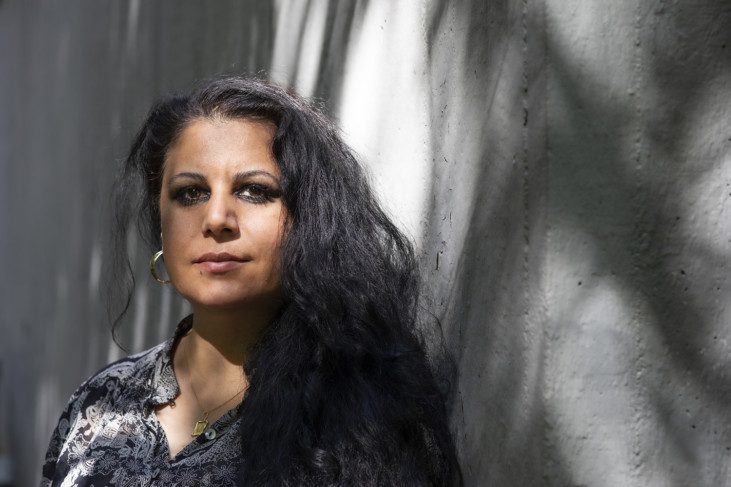
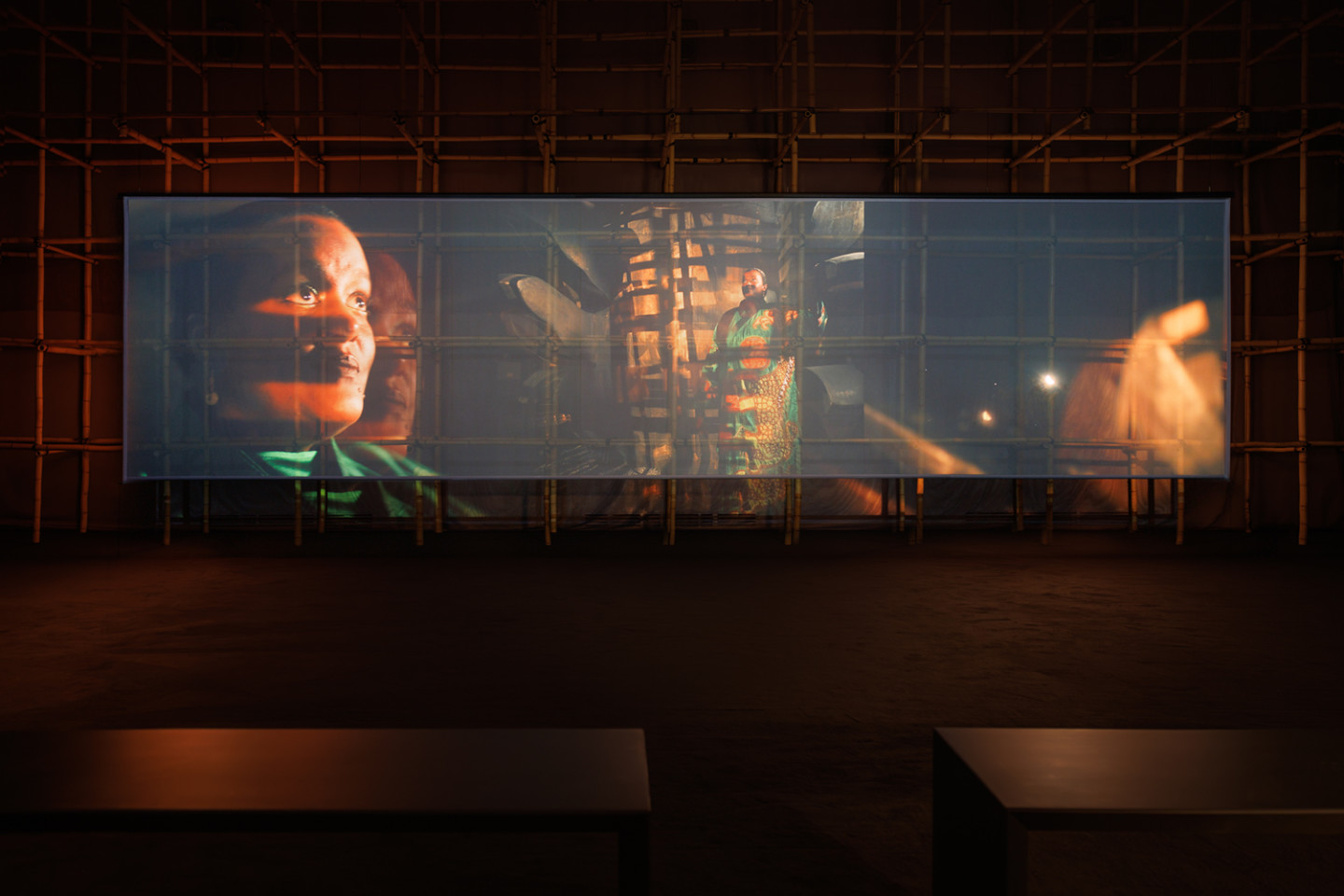
Curator: Asrin Haidari, Moderna Museet
Curator’s introduction: Begin Again, Begin Again
Discover the exhibition “Begin Again, Begin Again” during its opening weekend. On Saturday, 10 May 2025, curator Asrin Haidari will …
Introduction
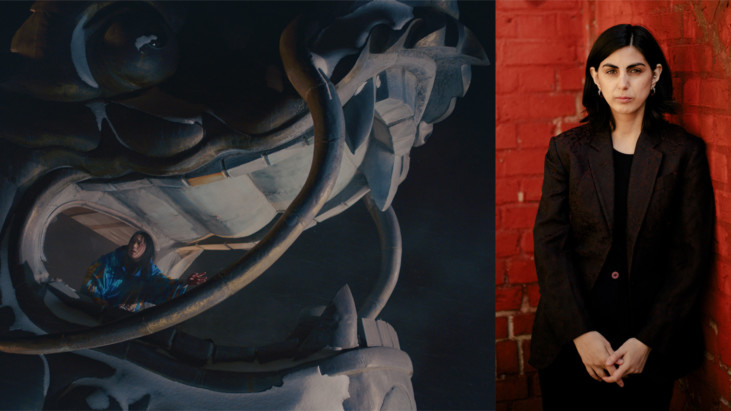
Annual Pass
The Annual Pass gives you free admission to all our exhibitions for a whole year. Buy your Annual Pass today and visit us as often as you want! …
Annual Pass
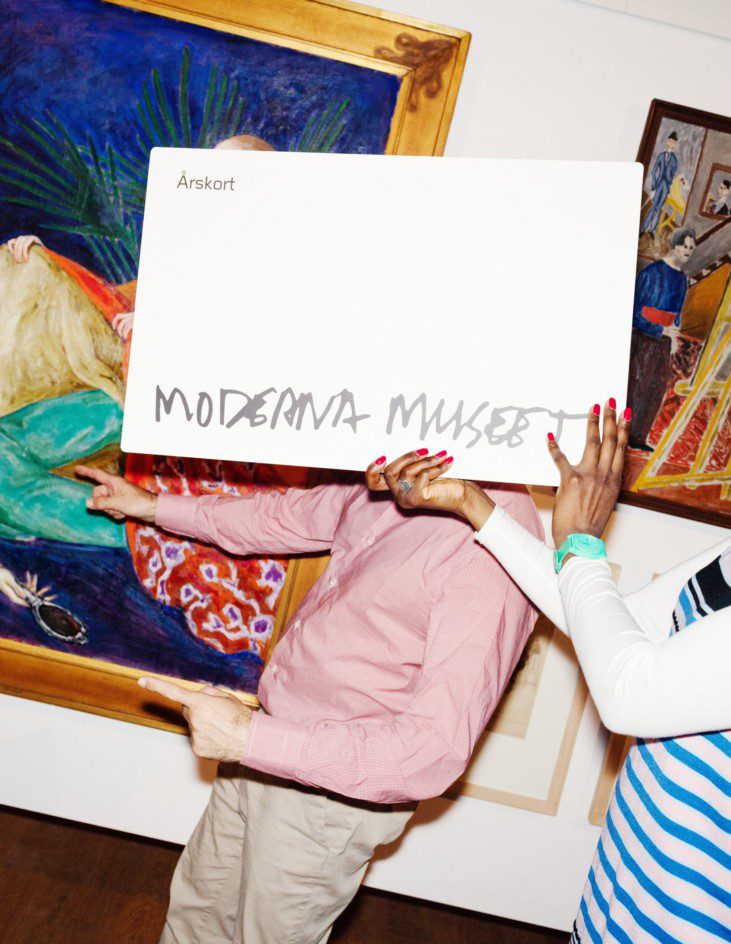
Newsletter
Subscribe to our newsletter! Get the latest news about Moderna Museet directly to you by e-mail. …
Newsletter
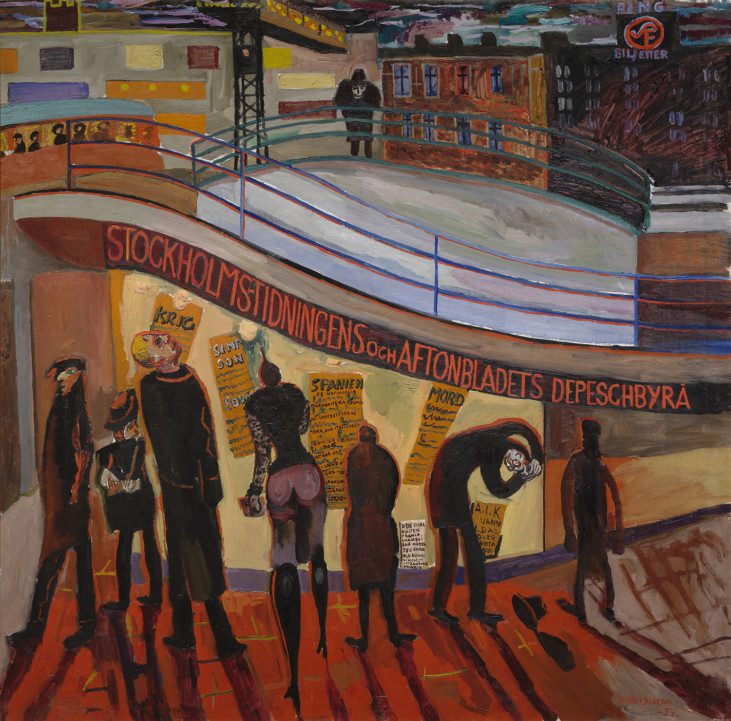
Buy ticket
Regular: 150 SEK
Reduced price: 120 SEK
Annual Pass: 375 SEK
Free admission for those 18 and under and Klubb Moderna

